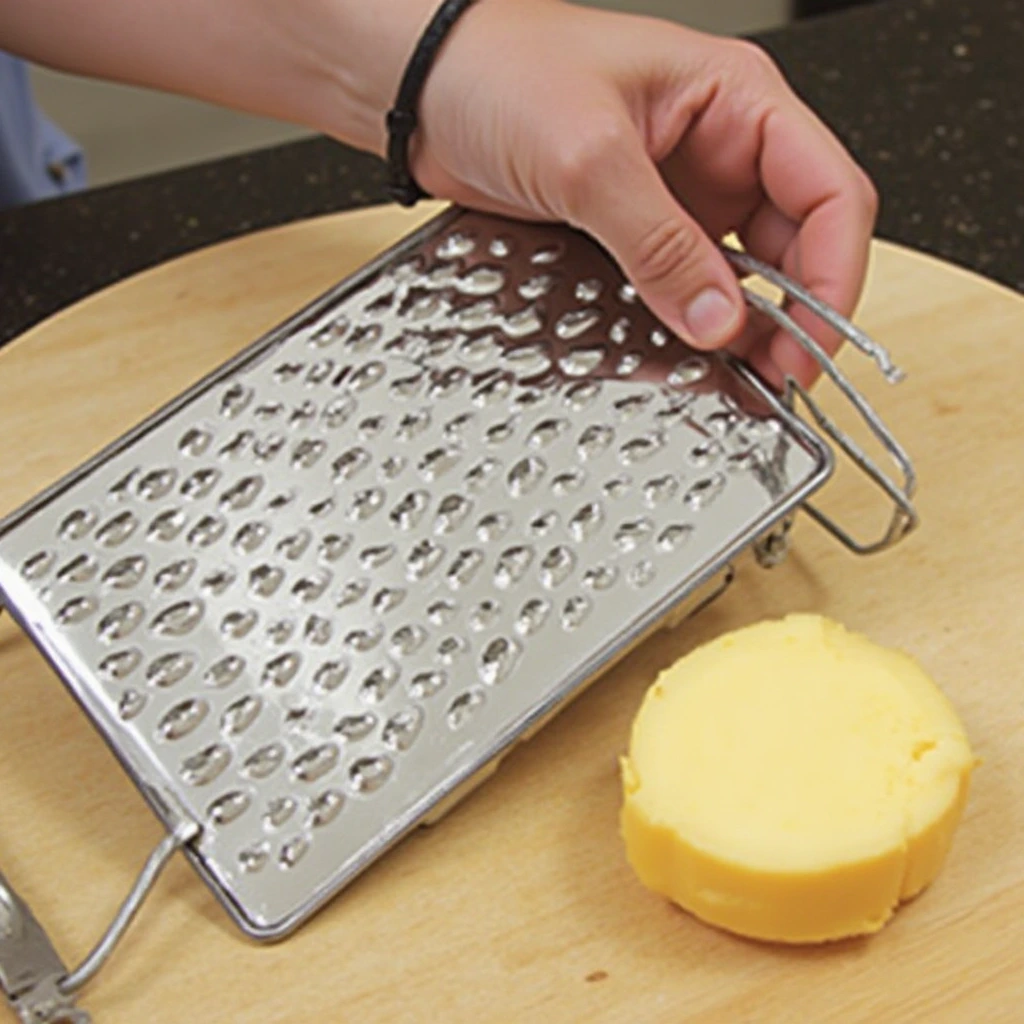If you own a box grater, you’ve likely used its three main sides—the large holes for coarse shredding, the smaller holes for fine grating, and the slicing side for thin cuts. But what about the mysterious fourth side? Often overlooked, this side has a unique function that can level up your kitchen skills.
What Is the Fourth Side of a Cheese Grater For?
The fourth side of a cheese grater, typically the one with small, raised perforations, is designed for fine grating and zesting. Unlike the shredding sides that create long strands, this side breaks down food into a fine, almost powdery texture.
This side is perfect for:
- Zesting citrus fruits – Ideal for getting lemon, lime, or orange zest without the bitter pith.
- Grating hard cheeses into a fine powder – Great for Parmesan, Pecorino, or Romano cheese to top pasta or soups.
- Creating fresh breadcrumbs – Turns stale bread into fine breadcrumbs for coatings, meatballs, or soups.
- Grating spices like nutmeg and cinnamon – Freshly grated nutmeg, cinnamon, or even chocolate enhances flavor.
- Puréeing soft foods – Works for garlic, ginger, or cooked vegetables when you need a paste-like consistency.
How to Use the Fourth Side Effectively
1. Zesting Citrus Fruits 🍋
- Lightly drag a lemon, lime, or orange across the grater.
- Rotate the fruit frequently to avoid grating the bitter white pith.
- Collect the zest and use it to enhance desserts, marinades, or cocktails.
2. Finely Grating Hard Cheeses 🧀
- Hold the cheese at a slight angle and rub it against the grater.
- The fine cheese dust is perfect for soups, pasta, or pizza toppings.
3. Making Fresh Breadcrumbs 🍞
- Use stale bread for best results—it grates easier than fresh bread.
- Grate over a bowl and store in an airtight container for future use.
4. Grating Fresh Spices 🌿
- Use whole nutmeg, cinnamon sticks, or chocolate bars.
- Grate in small amounts for maximum freshness and aroma.
5. Mincing Garlic and Ginger 🧄
- Press peeled garlic cloves or ginger against the grater.
- This method produces a smooth paste perfect for sauces, marinades, and stir-fries.
Final Thoughts
The fourth side of your cheese grater may not get as much attention, but it’s a powerful tool for fine grating, zesting, and even puréeing. Whether you’re adding fresh nutmeg to a dessert, zesting citrus for a dressing, or creating a fine Parmesan topping, this side of the grater deserves a spot in your kitchen routine.
Next time you pick up your box grater, don’t ignore the mystery side—give it a try and unlock its full potential! 😊
